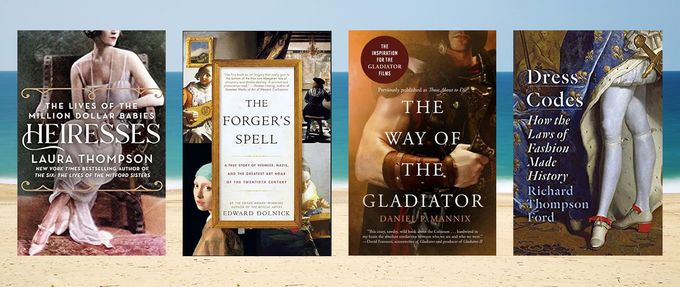Apply your sunscreen, kick back, and lose yourself in stories that bring history to life. Whether you love tales of historical forgers, dazzling jewels, or engrossing courtroom drama, these eight nonfiction historical books make the perfect companions for your next beach day.
These reads are sure to entertain, enlighten, and transport you to other times and places while you soak up the sun.
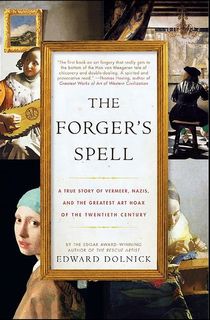
The Forger's Spell
Dolnick tells the fascinating true story of Han van Meegeren, a Dutch painter turned master forger whose audacious deception rocked the art world in the mid-20th century. He traces van Meegeren’s transformation from a struggling artist that had been dismissed by critics into one of history’s most successful art forgers, whose skillful copies of Dutch masterworks fooled experts and collectors alike.
Set against the tumultuous backdrop of World War II and Nazi-occupied Europe, The Forger’s Spell explores how van Meegeren’s forgeries were not only commercial successes but also political pawns.
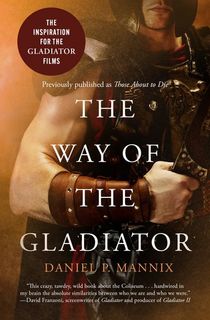
The Way of the Gladiator
The Way of the Gladiator draws readers in the brutal and fascinating world of ancient Roman gladiators, uncovering the lives, struggles, and societal roles of these iconic fighters.
Mannix details the harsh training, living conditions, and deadly contests gladiators endured, many of whom were slaves, prisoners of war, or criminals. The Way of the Gladiator also examines the complex social dynamics between gladiators, their owners, trainers, and fans, revealing how these fighters could become celebrities or symbols of Roman values such as courage and endurance.
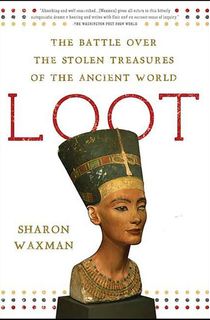
Loot
Waxman investigates the complex and often contentious global fight over cultural artifacts stolen from archaeological sites, museums, and private collections. The book traces the history of looting and the illicit art trade, revealing how priceless treasures from ancient civilizations have been uprooted and dispersed across the world—many with no sign of being returned.
Waxman highlights cases of contested artifacts, including those taken during wars, colonial exploits, or illegal excavations, and the ongoing efforts by countries and communities to reclaim their cultural heritage. She explores the legal, ethical, and political challenges surrounding repatriation, as well as the motivations of collectors, museums, and smugglers.
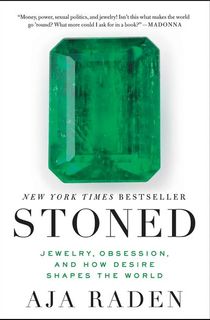
Stoned
Raden explores humanity’s enduring obsession with jewelry and precious stones, revealing how the desire for sparkle has shaped societies, economies, and cultures throughout history. Stoned traces the journey of gems and metals, from their origins deep in the earth to their status as symbols of power, wealth, and identity.
Raden uncovers fascinating stories behind some of the world’s most famous jewels, including tales of theft, deception, romance, and tragedy. Diamonds may be a girl’s best friend, but they’ve led to exploration, colonialism, and even war, driven by mankind’s insatiable craving for beauty and status.
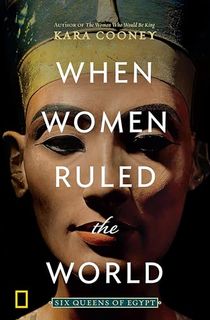
When Women Ruled the World: Six Queens of Egypt
When Women Ruled the World challenges the commonly male-focused narrative of ancient societies by exploring moments in Egyptian history when women rose to unparalleled heights of political power. Cooney explores deeply into the lives of these women, including iconic figures such as Hatshepsut, Cleopatra, and other lesser-known rulers who navigated the complex worlds of politics, religion, and war to govern vast empires.
Cooney combines meticulous research with engaging storytelling, drawing from archaeology, historical texts, and art to reconstruct the realities faced by these queens. She highlights how their reigns were often marked by strategic brilliance, religious innovation, and sometimes ruthless political maneuvering.
Beyond their individual stories, When Women Ruled the World reveals how the influence of these women shaped not only their immediate realms, but left lasting legacies on governance, art, and society.
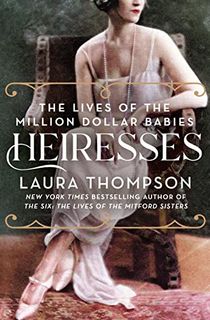
Heiresses: The Lives of the Million Dollar Babies
Thompson explores the equally glittering and complex world of America’s wealthy heiresses, often referred to as the “Million Dollar Babies”, who lived during the late 19th and early 20th centuries. Heiresses explores the lives of these women, born into unimaginable wealth during the Gilded Age. Though privileged, these heiresses faced intense scrutiny and rigid societal expectations that shaped their personal and public lives.
Thompson profiles prominent figures such as Consuelo Vanderbilt, who married into British nobility, and others who sought to use their fortunes not just for luxury but to make their mark on society. Heiresses reveals the complex dynamics of wealth and gender in an era when women’s roles were largely confined by society, though some heiresses leveraged their status to become patrons of the arts, philanthropists, and political influencers.
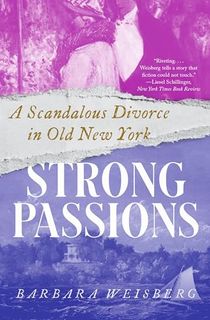
Strong Passions: A Scandalous Divorce in Old New York
Keeping on this listicle train on the Gilded Age track, have you ever heard of the contentious divorce of Mary and Peter Strong? In 1862, in a fit of distress, Mary confessed to Peter that she had been having an affair with his brother. This revelation led to Peter suing for divorce on the grounds of adultery (the only legal grounds for divorce in New York at the time—IYKYK).
However, the case took a dramatic turn when Mary countered with accusations of her own, claiming that Peter had forced her to undergo an abortion and had an affair with the abortionist. To top it all off, Mary kidnapped one of their daughters and disappeared, with their whereabouts unknown for years.
The trial, known as Strong v. Strong, became a public spectacle. Weisberg meticulously reconstructs the courtroom drama using court transcripts, letters, and contemporary newspaper accounts.
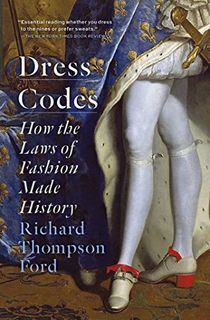
Dress Codes: How the Laws of Fashion Made History
Ford examines how governments and institutions have used fashion to control social status, reinforce racial and gender hierarchies, and express cultural values. Dress Codes traces examples from medieval Europe’s strict clothing laws to 20th-century regulations policing hairstyles and attire, highlighting how dress codes often reflect deeper societal conflicts and power dynamics.
Ford also discusses how people have resisted or subverted these rules, using fashion as a form of identity and protest. By connecting sumptary laws and clothing regulations to broader historical themes such as class, race, gender, and freedom, Dress Codes reveals that fashion is more than style—it is a political and social language.
Featured photo: Lopez Robin / Unsplash
